The flowering gerbera plant (Gerbera) is part of the Asteraceae family and comprises about 70 species. This flower comes from tropical and subtropical belts of Africa.
Gerbera is a herbaceous perennial plant. The peduncle has no foliage, and it grows in length up to 0.6 m.The leaf plates of such a plant are collected in a rosette at the root, they reach about 0.35 m in length.Large inflorescences-baskets grow one at a time and reach about 15 in diameter centimeters, they can be painted in a variety of color shades. There are varieties with semi-double inflorescences. As a rule, the gerbera is cultivated in the garden, and only one species is grown at home - the Jameson gerbera (Gerbera jamesonii).
Content
Brief description of cultivation
- Bloom... It begins in the last summer weeks and ends in early autumn.
- Illumination... A large amount of bright light is needed, which must be necessarily diffused. In the autumn-winter period, the flower often has to be supplemented.
- Temperature regime... During the growing season - about 20 degrees, in the cold season - from 14 to 15 degrees (not lower than 12 degrees). During the flowering period, the difference between the air temperature at night and during the day should be about 5 degrees.
- Watering... During the growing season, watering should be moderate, it is carried out immediately after the top layer of the soil mixture in the pot dries out. With the onset of the dormant period, watering is greatly reduced, at this time the substrate is moistened only so that it does not dry out completely.
- Air humidity... It should be tall. But it is forbidden to moisten the foliage from the spray bottle; instead, wet pebbles are poured into the pan, and a pot with a flower is placed on it.
- Fertilizer... During the growing season, feeding is carried out 1 time in 15 days and for this, a complex mineral fertilizer is used for flowering indoor plants. In winter, the plant does not need feeding.
- Dormant period... It begins in the second half of the autumn period and ends in the last winter weeks.
- Transfer... It is carried out only if necessary in the spring. Remember that the socket cannot be buried in the soil mixture.
- Soil mixture... It should be loose with a pH of 5.5–6.0, and it should be good for air and water.For planting, a purchased soil mixture for asters is suitable, or you can do it yourself, for this, combine sand, leafy soil and peat (1: 1: 1).
- Reproduction... Rhizome division and seed method.
- Harmful insects... Aphids, whiteflies, scale insects and mealybugs.
- Diseases... If the gerbera is not properly cared for or if it is not provided with suitable conditions for growth, then problems may begin with it.
Gerbera care at home
Illumination
When grown indoors, gerbera needs bright, diffused light. It is able to withstand a small amount of direct sunlight, but if the flower stands on the southern windowsill in summer, it must be shaded. It is not worth choosing windows with a north orientation, since there is very little light for the gerbera. In this regard, windows with an east or west orientation are best suited for a flower.
In summer, if desired, the bush can be rearranged outside, while at noon it must be protected from direct sunlight. And in order to avoid the appearance of sunburn on the foliage, it should be accustomed to new conditions gradually. In the autumn-winter period, it is recommended to illuminate the plant, for this it is best to use a fluorescent lamp.
Temperature regime
The gerbera growing in the apartment needs warmth, therefore, in the spring-summer period, the air temperature in the room should be about 24 degrees, while do not allow it to be colder than 20 degrees. At the end of flowering and during the dormant period, the bush should be kept cool (about 14 degrees). At this time, the air temperature should not be lower than 12 degrees. During flowering, the difference between day and night temperatures should not be very large, because this can extremely negatively affect the decorativeness of the inflorescences-baskets.
Watering
During the growing season, provide the flower with moderate watering, for this you need to use warm water. Make sure that the temperature of the substrate and water is almost the same, otherwise problems with the flower may begin. The water used for irrigation must be soft and well-settled; the substrate is carefully moistened only after its top layer has dried. Make sure that no liquid gets into the leaf outlet, as this can cause rot on the gerbera. During the dormant period, watering is carried out only so that the clod of earth in the pot does not dry out. At this time, stagnation of moisture in the root system is especially dangerous for the flower, because because of this it can get sick.
Moisturizing
For normal development and growth, the plant needs high air humidity, but it is impossible to moisten its foliage from a spray bottle. To increase the humidity, wet expanded clay or peat must be poured into the pallet, and you can also moisten it from an air sprayer near the bush, but at the same time drops of water should not fall on the flower itself.
Bloom
Such a plant has one characteristic feature - its flowering directly depends on the length of daylight hours. Flowering is observed in late summer and early autumn, and at this time there is a decrease in daylight hours.
Fertilizer
Top dressing of gerberas should be carried out only during intensive growth, and for this they use a complex mineral fertilizer for flowering indoor plants. The flower also responds well to feeding with magnesium sulfate. If it is in a cool place, then additionally it needs to be fed with phosphorus. In winter, feeding is not carried out.
Gerbera transplant
Gerbera is transplanted only when it is necessary, and this procedure is carried out in the spring. At the bottom of the pot, it is imperative to make a good drainage layer, while the acidity level of the soil mixture should be pH 5.0–6.0.During transplanting, make sure that the substrate does not get into the leaf outlet, and also remember that it cannot be buried in the soil mixture.
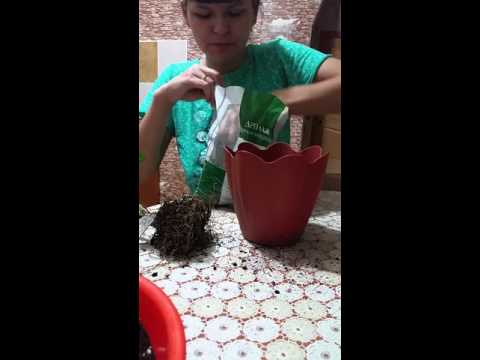

Watch this video on YouTube
Reproduction methods
Reproduction by dividing the bush
The main advantage of gerbera reproduction by division is that in this case the varietal characteristics of the parent plant are preserved. A bush is suitable for dividing, the age of which is three, and preferably four years. This procedure is carried out in the spring. Make sure that each of the divisions has at least two growth points, in this case, the young bush will begin to bloom next year.
Growing from seeds
Sowing seeds is carried out in spring, for this they use a loose soil mixture saturated with nutrients. To prepare a suitable substrate, it is necessary to combine leaf, sod and humus soil (1: 2: 1). A small amount of sand is poured into the finished mixture. After 2 or 3 true leaf plates are formed in the seedlings that have appeared, they are picked. After the fifth true leaf plate is formed in the plants, a second pick is carried out, but at the same time they are planted in individual pots. 30 days after the last pick, the plant needs to be fed for the first time.
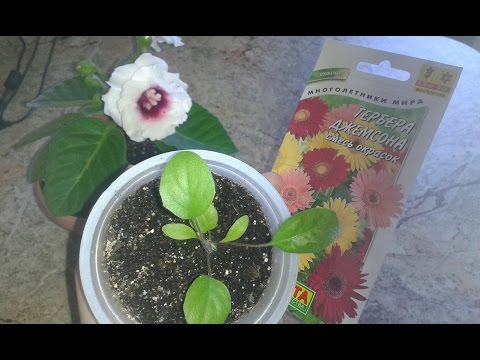

Watch this video on YouTube
Diseases and pests
When growing gerberas indoors, a florist may face the following problems:
- Leaves turn pale... This happens when the lighting is overly intense. In order to avoid this in the spring-autumn period, the bushes should be shaded from the midday rays of the sun.
- The bush looks painful... The defeat of the bush with a fungal disease occurs with excessively high humidity and poor ventilation.
- Leaves brighten... If a flower recently bought in a store began to lose its bright color, then this may be due to its getting used to new conditions or to poor lighting. As a rule, purchased plants lose their brightness. This is due to the fact that flowers grown for sale are often fed with special substances that make the color of their foliage more saturated.
- Withering and death of a flower... Make sure that there is no stagnation of liquid in the root system, as this can cause the death of the gerbera. Particular attention should be paid to watering during the cold season.
- Harmful insects... Whiteflies, ticks, aphids and scale insects can settle on the flower.
Gerbera species
Gerbera jamesonii
As mentioned above, only the Jameson gerbera (Gerbera jamesonii) is grown at home. This species became the ancestor of all varieties that are cultivated in indoor conditions. Such a herbaceous perennial has a rather thick stem. The foliage is collected in a rosette that is placed slightly above the soil surface. On the surface of large feathery leaf plates, pubescence may be present, they reach a length of up to 20 centimeters. Sometimes axillary buds form at the base of the foliage. Outwardly, the inflorescence is similar to a chamomile flower, the basket is about 10 centimeters across, it is formed at the top of the peduncle. Often, beginner growers believe that this is one flower, but in fact, the basket is an inflorescence, consisting of many flowers. Along the edge are reed flowers, which can be painted in various colors, for example, red, yellow, white, etc. (about 30 shades in total). They are narrow and wide, and such flowers are placed in 1, 2 or 3 rows. In the middle there are tubular flowers, which can also be painted in various shades.
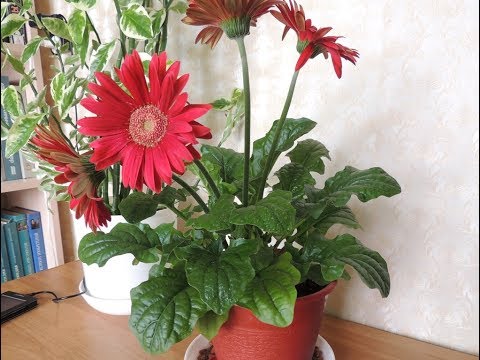

Watch this video on YouTube

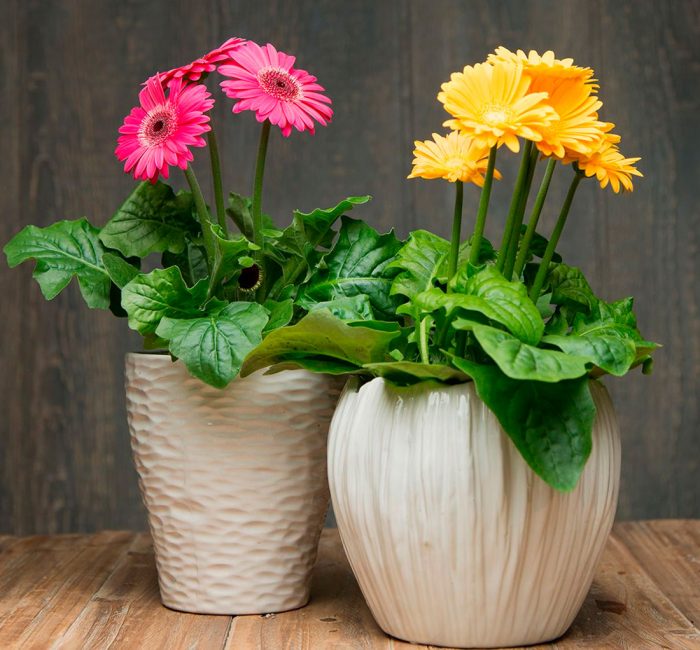
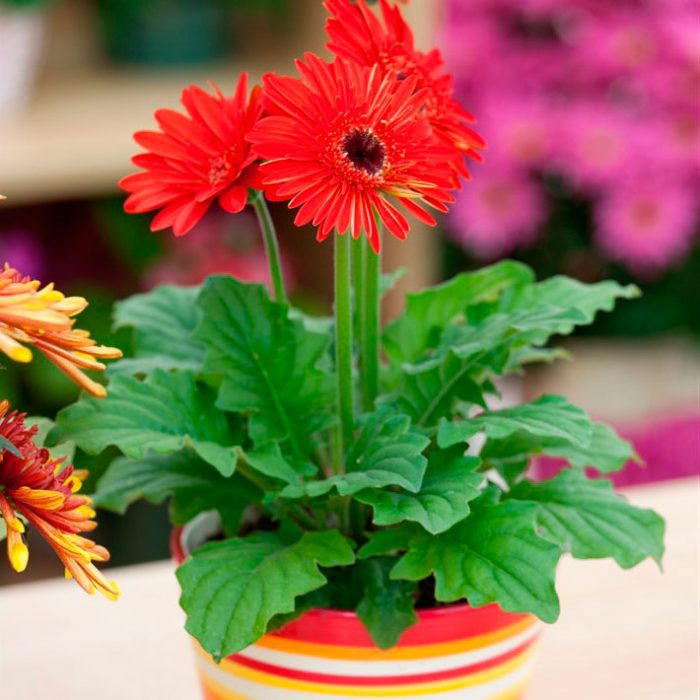
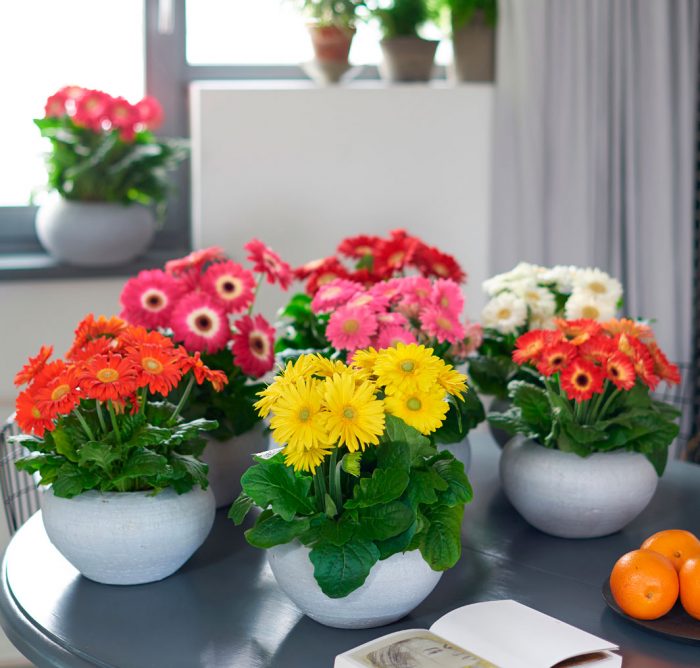
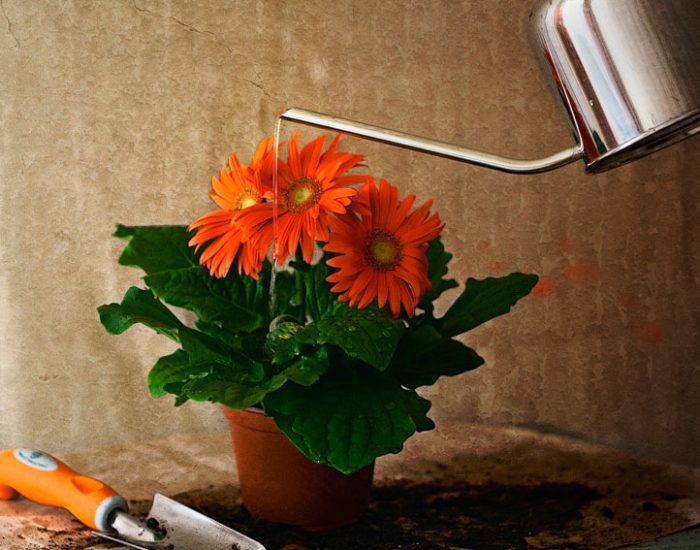
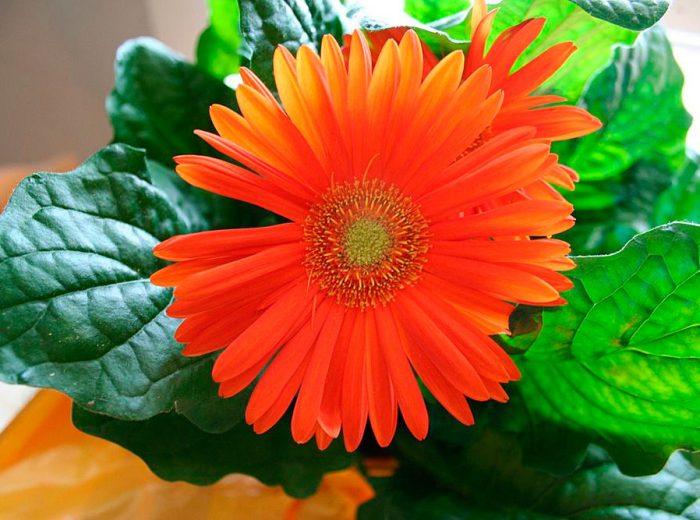
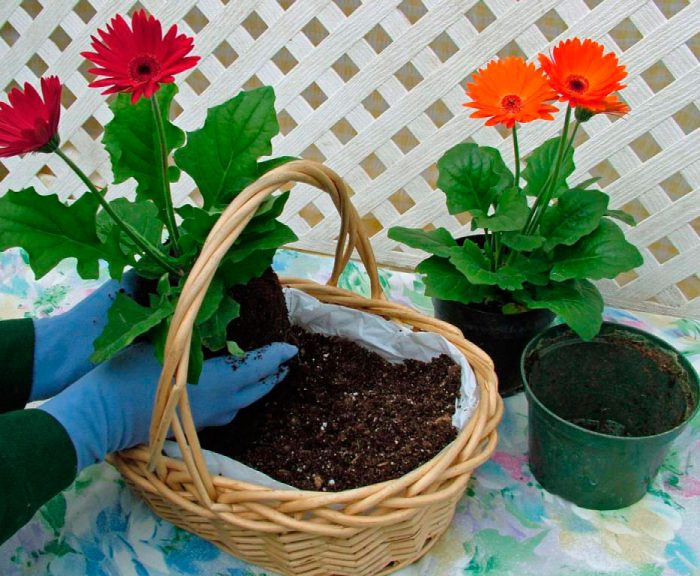
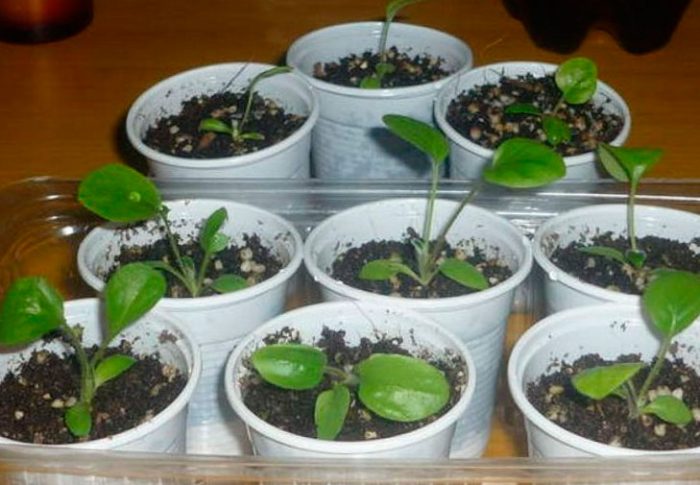
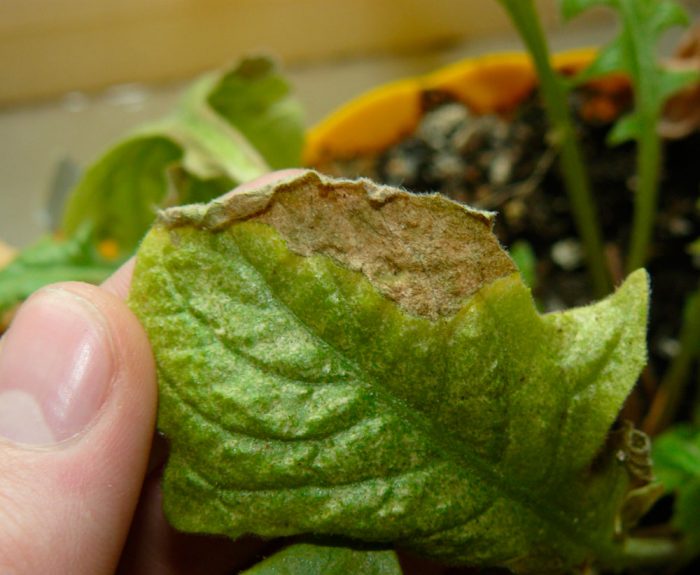
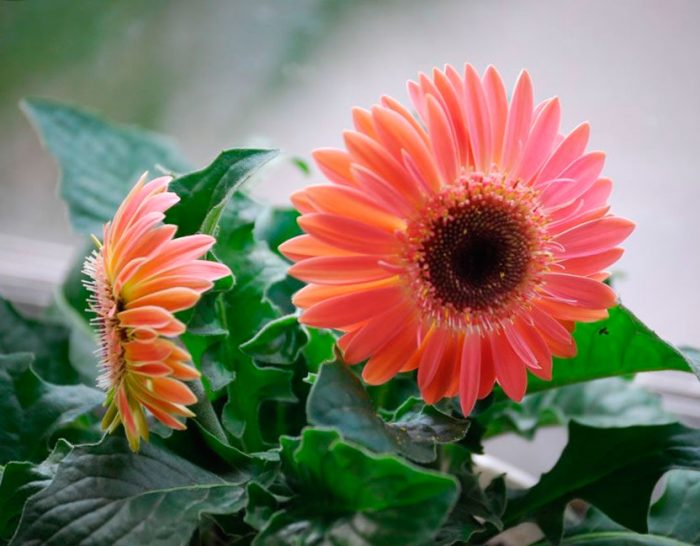

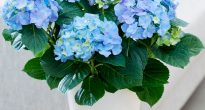
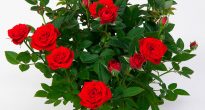

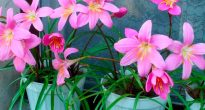
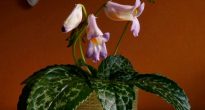
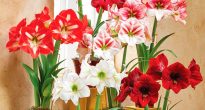
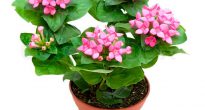


Thank! In the first video, the sound is bad, it's sad ... I wanted to tell more
in detail about the selection of peas when transplanting -, height, diameter, compared with the former ...